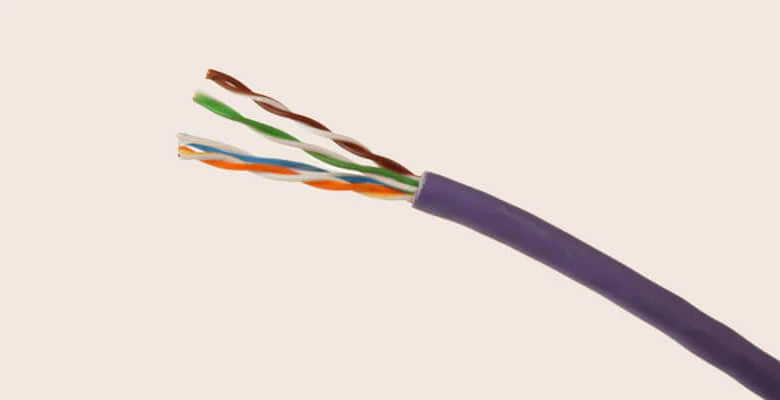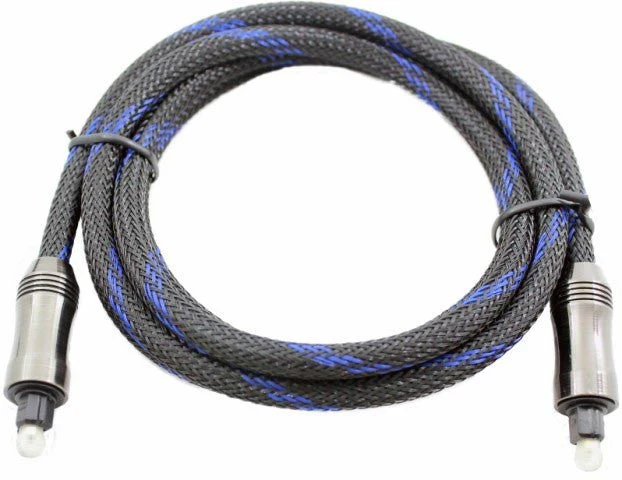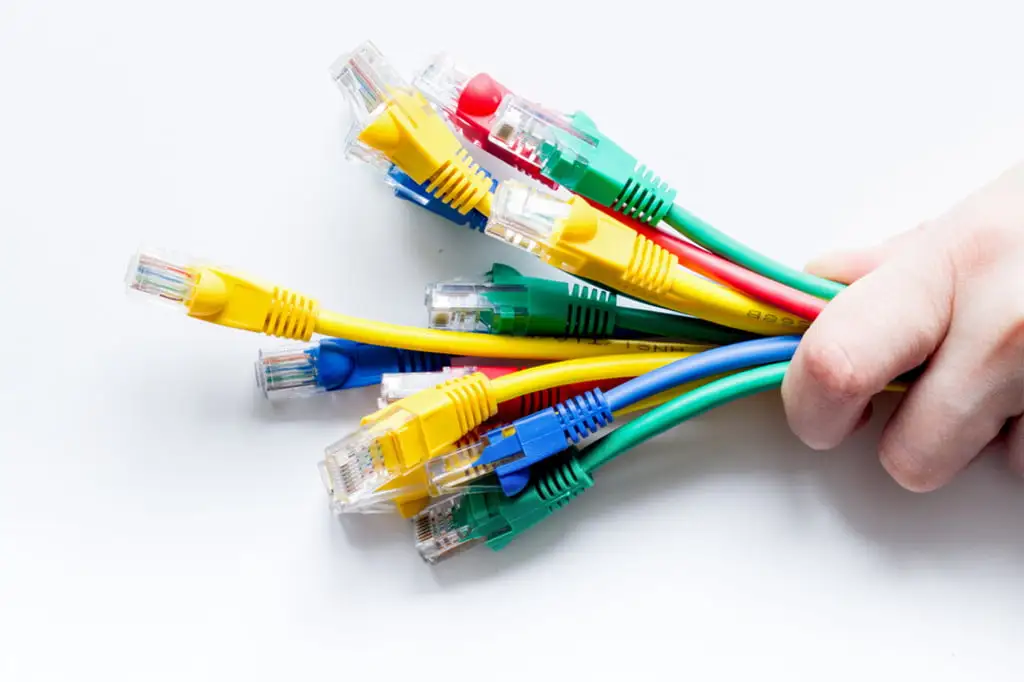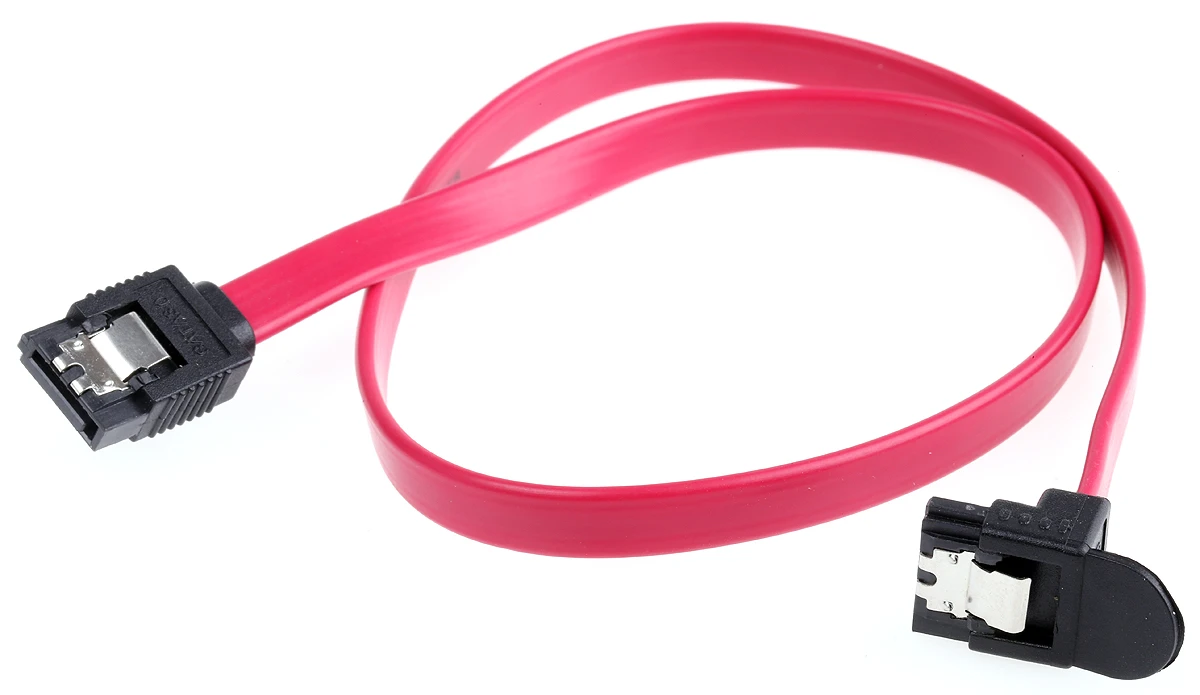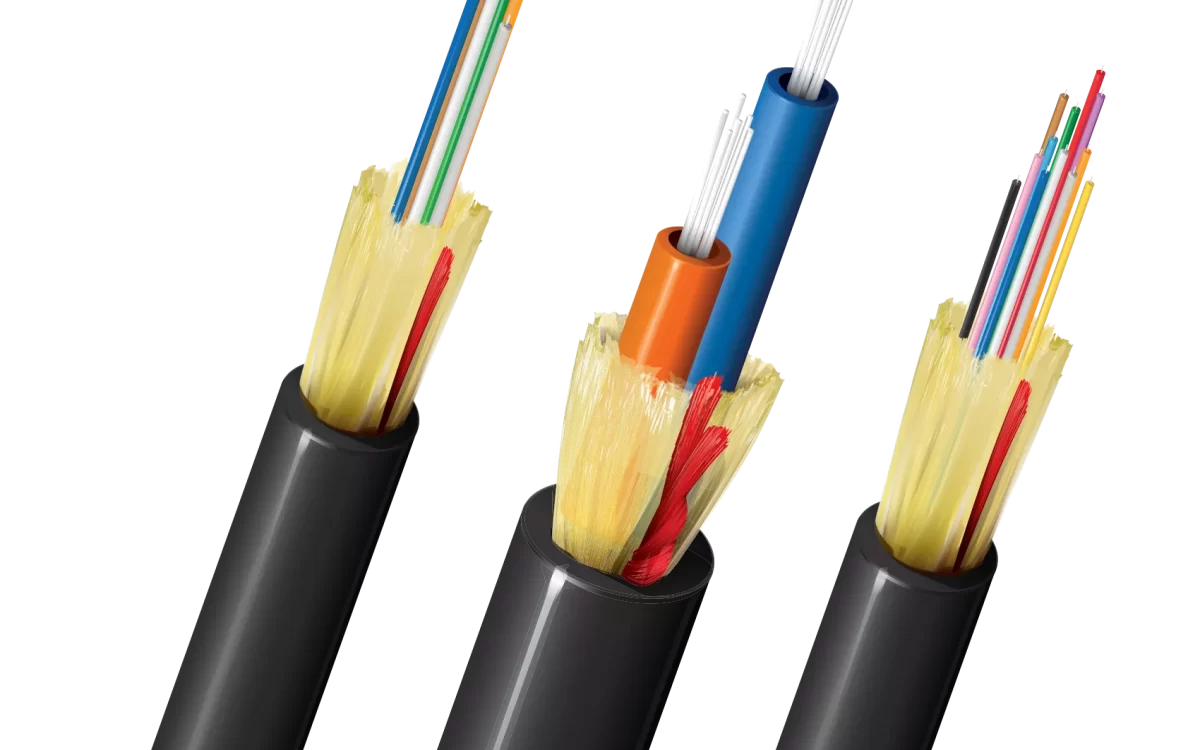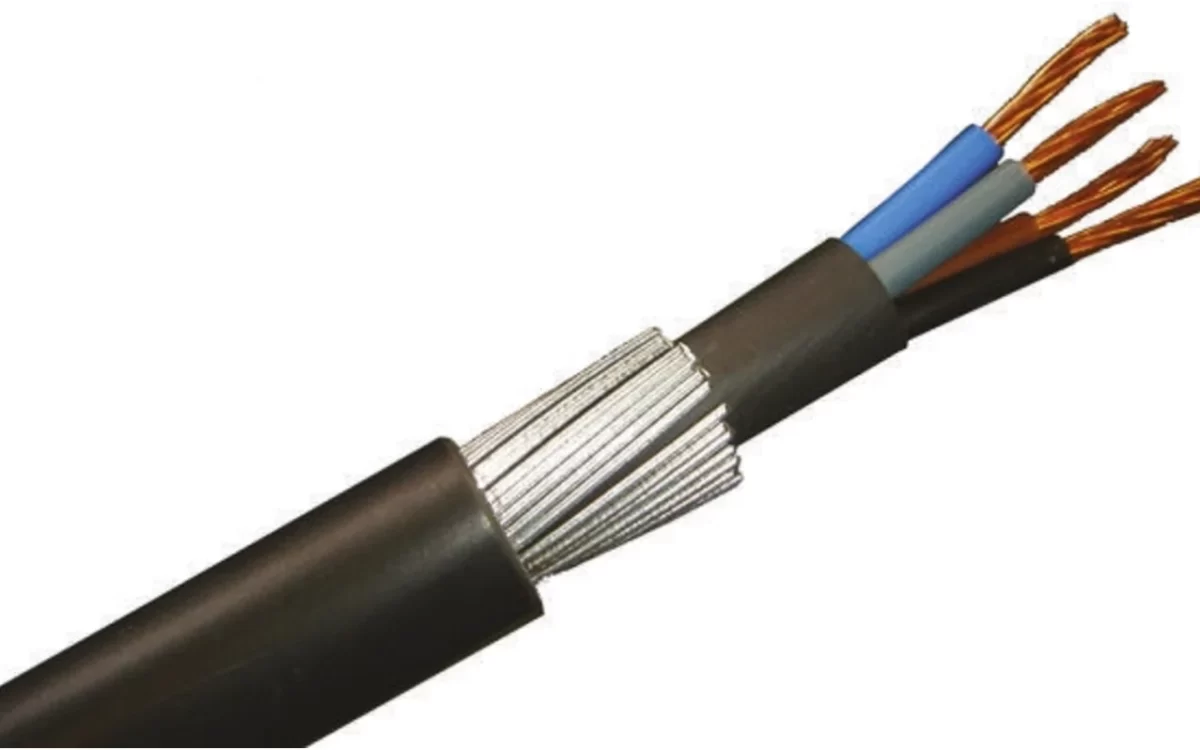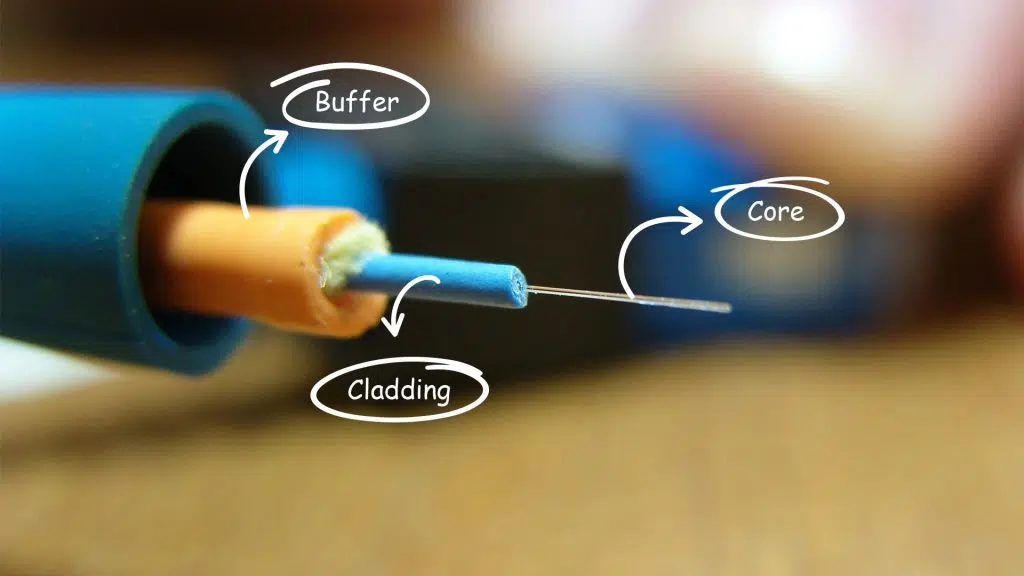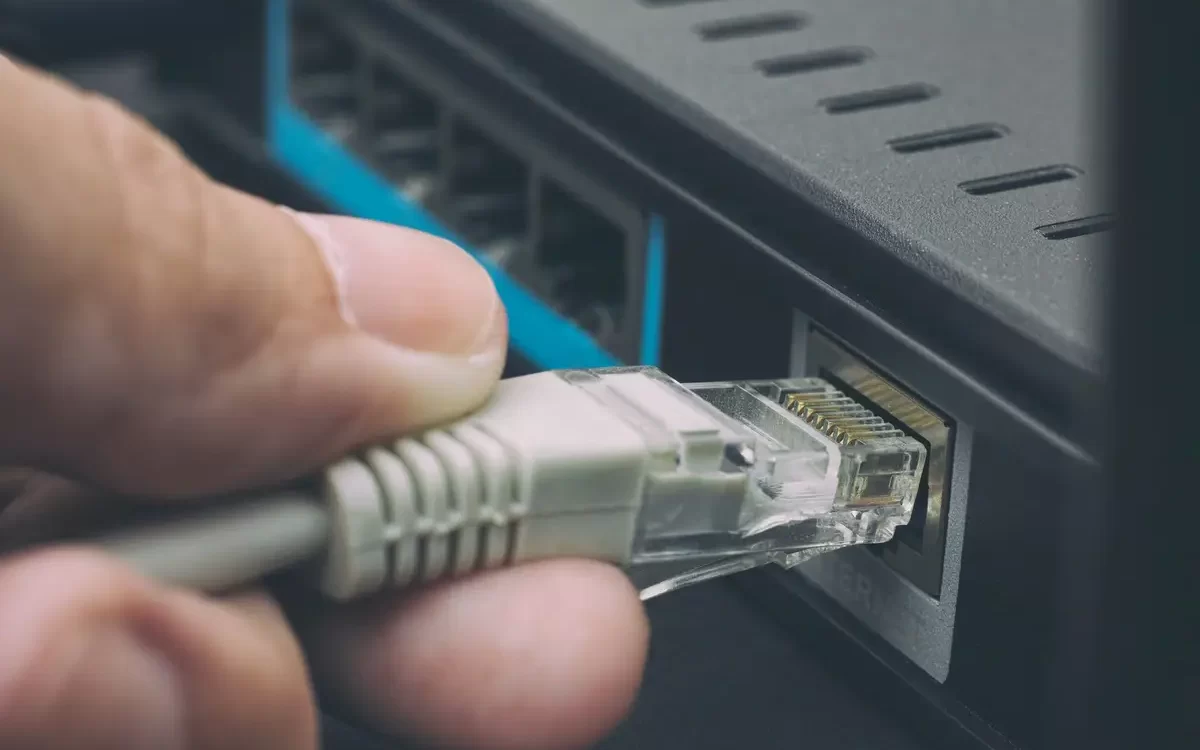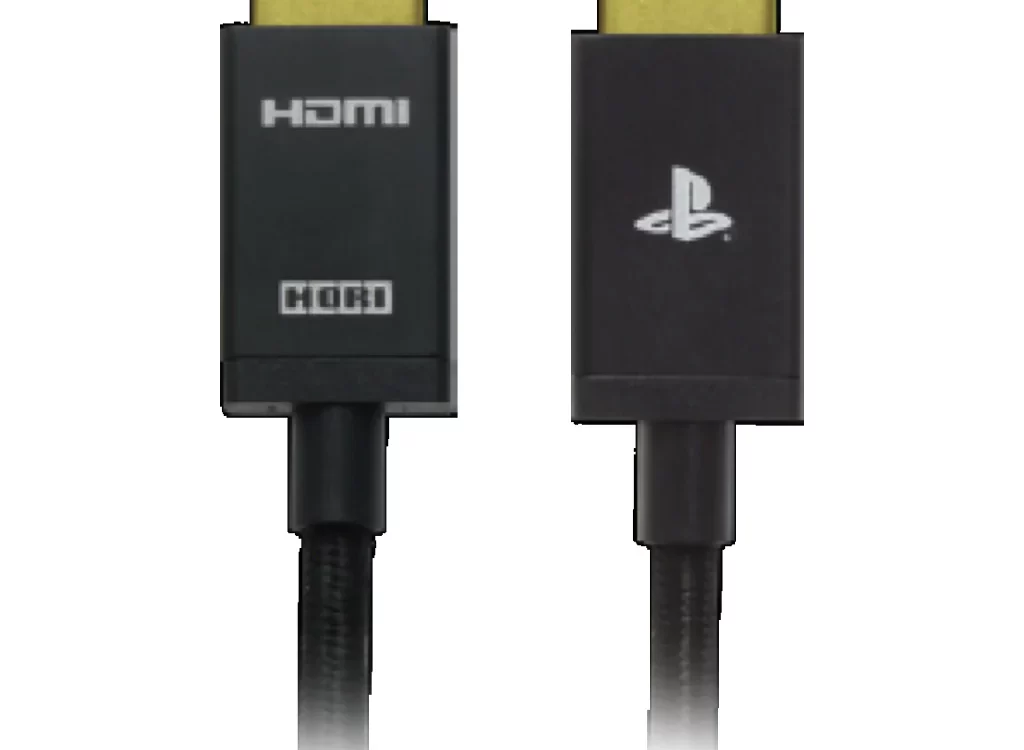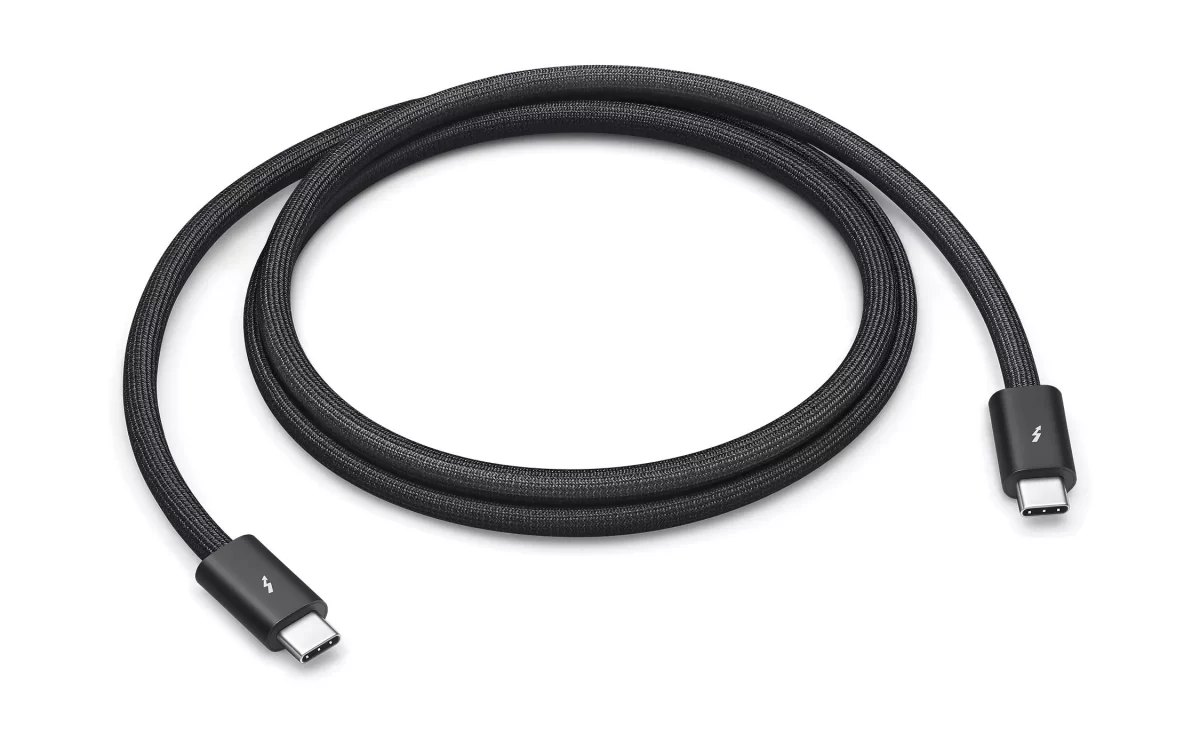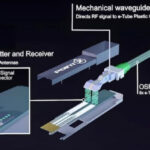- Home
- Products
Power Cables
- Low Voltage Cables - LV
- ——Low Voltage Non-armored Copper Power Cable
- ——Low Voltage Non-armoured Aluminum Power Cable
- ——Low Voltage Steel Tape Armoured Power Cable
- Medium Voltage Cables - MV
- ——Medium Voltage Armored Power Cable
- ——Medium Voltage Non-armored Power Cable
- High Voltage Cables-HV
- Steel Wire Armored Cable (SWA Cable)
- ——Single Core AWA Armoured Cable
- ——2 Core SWA Armoured Cable
- ——3 Core SWA Armoured Cable
- ——4 Core SWA Armoured Cable
- ——5 Core SWA Armoured Cable
- ——SWA Armoured Cable Specifications
- XLPE Insulated Power Cables
- ——XLPE Insulated Single Core Copper Cable
- ——XLPE Insulated 2 Core Copper Cable
- ——XLPE Insulated 3 Core Copper Cable
- ——XLPE Insulated 4 Core Copper Cable
- ——XLPE Insulated 5 Core Copper Cable
- ——XLPE Insulated 3+1 Core Copper Cable
- ——XLPE Insulated 3+2 Core Copper Cable
- Mineral Insulated Cables
- TPS Cable
Renewable Energy Cables
Control & Signal Cables
- Control Cable
- Instrumentation Cable Supplier & Manufacturer
- High-Performance Coaxial Cable Supplier
- VFD Cable
Installation & Building Wire
- Premium Electrical Wire & Cable Supplier
- MC Cable
- NM-B (Non-Metallic Sheathed) Copper Wire
- UF-B Wire
- MTW Wire
Special Cables
- 4/0 Type W Cable – Heavy Duty Portable Power Solutions
- Trunk Trailer ABS Cable
- SO Cable
- Low Smoke Halogen Free Fire Resistant Cable
- Copper Ground Rods
- Copper Clad Steel Antenna Wire
- Marine Power Cords
- Extra High Voltage (EHV) Submarine Power Cables
- Submersible Pump Wire
- Floating cable
- High Temperature Wire
- EV Automotive High Voltage Silicone Rubber Cable
- Braided Stainless Steel Cable
- LC to LC Fiber Patch Cables
- Your Go-To Flexible Cable Supplier & Manufacturer
- Drag Chain Cables
- Silicone Rubber Low Temperature Resistant Cable
Overhead & Aerial Cables
- AAC Conductor
- Aerial Bundled Cable (ABC Cable) Supplier & Manufacturer
- ——NFC 33-209 ABC Cable
- ——0.6/1kV Aerial Bundle Cable
- ——Medium Voltage ABC Cable
- ——Tree Wire Spacer Cable
- ——Aluminum URD Cable
- ——Aluminum XHHW SER SEU RHH RHW-2 XLP USE-2
- Aerial Insulation Line (AIL)
- Bare Stranded Conductors Manufacturer & Supplier
- ——ACSR Conductor
- ——AAAC Conductors
- ——ACAR Conductor
- ——Bare Copper Stranded Conductor
- ——CCS Conductor
- ——ACS Condutcor
- ——Guy Wire
- Overhead Service Drop Cable / Overhead Service Wire
- ——Weatherproof Covered Line Wire
- ——Duplex Overhead Service Drop Cable
- ——Triplex Overhead Service Drop Cable
- ——Quadruplex Overhead Service Drop Cable
- Concentric Service Cable – Reliable Power Distribution Solutions
- ——Aluminum Concentric Service Cable
- ——Copper Concentric Service Cable
- ——Concentric Service Cable with Communication Pilot
- Telephone Drop Cable for Reliable Voice & Data Transmission
- ——PVC Parallel Drop Wires
- ——PE Parallel Drop Wires
- About us
- News
- Contact us
News
Stay updated with the newest developments, industry trends, and expert knowledge about various types of wires and cables. Explore our news section for valuable information and insights.
- Home
- News
What is a Cat 5 Cable?
A Cat 5 cable, or Category 5 cable, is a type of twisted pair cable commonly used in networking and telecommunications. It was once the most popular type of Ethernet cable for local area networks (LANs), providing the necessary data transmission speeds for most networking needs. Though now largely replaced by newer standards like Cat 5e and Cat 6, Cat 5 cables are still used in some environments, particularly for older systems.
Read moreWhat is an optical cable?
An optical cable, also known as a fiber optic cable, is a type of cable that uses light to transmit data. Unlike traditional copper cables, which transmit electrical signals, optical cables send data in the form of light pulses through glass or plastic fibers. These cables are commonly used for high-speed data transmission over long distances, making them essential in modern communication networks, internet connections, and even in applications like home entertainment and medical equipment.
Read moreWhat Does an Ethernet Cable Do?
an Ethernet cable connects devices, transmits data, ensures reliability, and enhances security, playing an integral role in any network. Whether you're setting up a home network, expanding a business network, or connecting a gaming console, Ethernet cables remain a staple for wired communication, delivering fast, secure, and dependable connectivity.
Read moreWhat is a sata cable?
A SATA cable (Serial Advanced Technology Attachment) is an essential data cable that connects storage devices such as hard drives (HDDs), solid-state drives (SSDs), and optical drives (CD/DVD/Blu-ray) to your computer's motherboard. SATA technology revolutionized storage connectivity by replacing the bulky PATA (Parallel ATA) cables with a more efficient, faster, and user-friendly solution.
Read moreWhat Does Fiber Optic Cable Look Like?
Fiber optic cables are typically thin, flexible, and have a smooth outer appearance. The outer jacket is usually black, yellow, or orange, depending on the type of fiber (single-mode or multi-mode). When you hold a fiber optic cable, it feels lightweight and can easily bend without breaking. Inside, the core is made of glass or plastic fibers that are extremely small — around 8 to 10 microns in diameter for single-mode fiber and 50 to 100 microns for multi-mode fiber. Surrounding the core is a protective cladding layer, which may appear clear or slightly tinted, and a buffer coating that ensures the cable is more durable and flexible.
Read moreWhat Are Cable Powers?
The term "cable powers" generally refers to the electrical power transmission capacity of a cable, meaning how much electricity the cable can carry safely.
Read moreWhat is Fiber Optic Cable Made Of?
Fiber optic cables are primarily made of glass, specifically ultra-pure silica glass, which forms the core and cladding. The core carries the light signal, while the cladding surrounds the core and reflects the light back into the core to maintain signal integrity. A protective outer layer or buffer, often made of plastic, surrounds the cladding to shield the delicate glass fibers from damage.
Read moreWhat is Cable Internet?
Cable internet refers to a broadband internet connection delivered through coaxial cables, which are the same cables used for cable television (TV) service. Unlike traditional dial-up internet or DSL (Digital Subscriber Line), which transmits data over phone lines, cable internet uses a dedicated cable TV network infrastructure to offer faster and more reliable internet speeds.
Read moreWhat hdmi cable comes with ps5?
The PlayStation 5 (PS5) comes with an Ultra High Speed HDMI cable in the box. This cable is specifically designed to take advantage of the PS5's advanced features, including 4K and 120Hz gaming, as well as support for HDR (High Dynamic Range) and 8K content.
Read moreWhat is a thunderbolt cable?
A Thunderbolt cable is a high-speed cable that uses the USB-C connector and supports the Thunderbolt protocol. It's designed for fast data transfer, video output, and power delivery, offering more capabilities than a standard USB-C cable. Thunderbolt cables feature a lightning symbol on the connector to indicate they support the Thunderbolt protocol.
Read more- Low Voltage Cables – LV
- Medium Voltage Cables – MV
- High Voltage Cables-HV
- Steel Wire Armored Cable (SWA Cable)
- XLPE Insulated Power Cables
- Mineral Insulated Cable (MICC/MI Cable)
- TPS Cable
- Control Cable
- Instrumentation Cable
- Coaxial Cable
- VFD Cable
- Computer Cable
- Electrical Wire
- MC Cable
- NM-B (Non-Metallic Sheathed) Copper Wire
- UF-B Underground Feeder Cable
- MTW Wire
- Prefabricated branch cables
- 4/0 Type W Cable
- Trunk Trailer ABS Cable
- SO Cable
- LSZH Cable
- Copper Ground Rods
- Copper Clad Steel Antenna Wire
- High Temperature Wire
- EV Automotive High Voltage Silicone Rubber Cable
- Submersible Pump Wire
- Floating cable
- LC to LC Fiber Patch Cables
- Flexible Cable
- Drag Chain Cables
- Silicone Rubber Low Temperature Resistant Cable
- All-Aluminum Conductors for Overhead Power Lines
- Aerial Bundled Cable (ABC Cable)
- Aerial Insulation Line (AIL)
- Bare Stranded Conductors
- Wind Farm Cables
- Overhead Service Drop Cable
- Concentric Service Cable
- Telephone Drop Cable
- Solar PV Cable
Recent Posts

